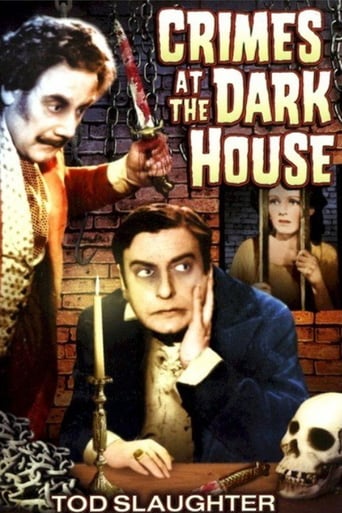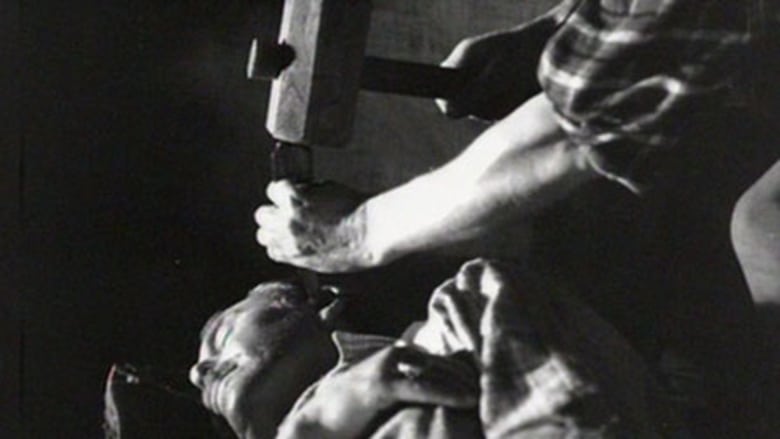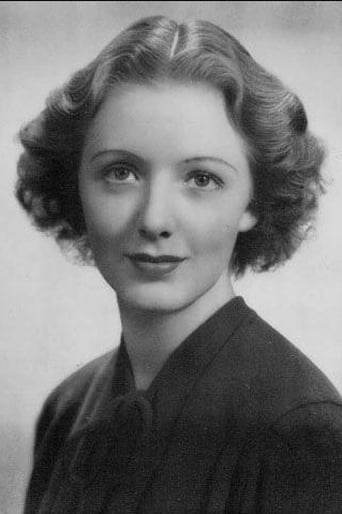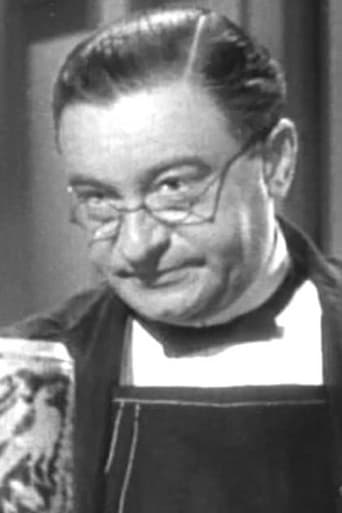

Crimes at the Dark House (1940)
In this lurid melodrama, Tod Slaughter plays a villain who murders the wealthy Sir Percival Glyde in the gold fields of Australia and assumes his identity in order to inherit Glyde's estate in England. On arriving in England, "Sir Percival" schemes to marry an heiress for her money, and, with the connivance of the cunning Dr. Isidor Fosco, embarks on a killing spree of all who suspect him to be an imposter and would get in the way of his plans to stay Lord of the Manor.
Watch Trailer
Cast
Reviews
Too much of everything
Best movie ever!
This is one of the few movies I've ever seen where the whole audience broke into spontaneous, loud applause a third of the way in.
True to its essence, the characters remain on the same line and manage to entertain the viewer, each highlighting their own distinctive qualities or touches.
This is scarier then A Nightmare on elm street. Crimes at the dark house will make you go AHHHHHHHH! This is one of the scariest movies you will ever. see. It has great acting it also has a great story line. It you like horror stories you should see this movies.
Ah, you've got to love Tod Slaughter. As far as I can see, this English actor was pretty much forgotten for decades but has now rightfully been rediscovered in large part because of the glories of the internet and public domain DVD collections. It's via these two channels in particular that the great man has now become known to fans of movies from the less seen corners of cinema history. Slaughter made a number of British melodramas back in the day where he played a succession of utterly evil cads whose actions were totally immoral. Slaughter's performances in these movies were always the best things about them and it is only right that he is slowly receiving praise and fans many decades down the line.Crimes at the Dark House is another typical Slaughter offering. In it he plays another nasty bit of work called Sir Henry Glyde, who not only is a serial murderer but who also replaces his wealthy wife with a look-a-like from the local asylum! He begins the story as he means to go on by entering a tent and hammering a spike into a sleeping man's head! He takes on this unfortunate individual's persona and travels to his estate in order to claim his huge inheritance, only to discover a pile of debts instead of a pile of loot. He then coerces a very young wealthy woman to be his bride, in order to ultimately claim her money.This one is essentially business as usual for Slaughter. Again, he is on fine form in another boo! hiss! performance of quality ham. His actions are utterly deplorable of course but he ultimately meets a suitably macabre end which is as it should be. I personally wouldn't put this in the upper bracket of his films; it's more serviceable than especially good. But it's still one that should certainly be seen by any fan of this awesome old school actor!
The Woman in White, a great novel penned by Wilkie Collins, serves as the backbone for this Reader's Digest version of the novel adapted by Edward Dryhurst and produced/directed by Tod Slaughter regular George King. Slaughter also served as a producer, and this films has higher production values than most of Slaughter/King's previous efforts. While I enjoy the movie vastly, I am hesitant to call it the best of Slaughter's work. Give me The Face at the Window or even better Murder in the Red Barn where Slaughter leers more in one movie than twelve men could in twelve movies! Notwithstanding that this film is quite good as Slaughter opens the film drilling a nail/spike into a sleeping man's head in the Australian outback and assumes his identity going to England as the new lord of the manor. Slaughter immediately takes note of the young blonde maid who he raise up to chambermaid. With Slaughter's eyes rolling, his heavy-handed gesturing, and his tone and inflection, you know exactly what his intentions are at every moment. I know of no other actor who acts this way and could get away with acting this way. Slaughter does it so effortlessly, and let's be honest - if you are watching this film it is more than likely to see him. He is larger than life. The thickest slice of ham I have ever seen in films. The adaptation of Collin's novel has many shortcomings but stays surprisingly faithful to the main parts. The direction of King is adequate and the other performers are really rather good. Slaughter dispatches of people with glee and has some wonderful scenes with Hay Petrie as Isidor Fosco - a scoundrel of a different stripe so to say. Leering, drowning, hackling maniacally all are part of the Tod Slaughter package here. If you still have not seen one of his films, this one is as good as any to begin seeing what all the fuss - deserved and still not completed in any way - is about regarding Tod Slaughter.
Wilkie Collin's novel "The Woman in White" has been the subject of two films and an Andrew Lloyd Webber stage musical that recently had a brief run on Broadway. It is basically a story of scandal and fraud amongst Europe's upper crust. This is the first film version, made in England during a period that many poverty row studios were making abridged versions of classic novels. Some of these, such as a British version of "Scrooge", are actually pretty good, but most of them, like "Jane Eyre", "Oliver Twist", and "The Scarlet Letter" come off as abridged versions that barely attempt to give any sort of character development. In the case of "The Woman in White", this 69 minute film goes into a little more depth than the ones listed above, but rather than being presented as a representation of the Gothic novel it was based on, it is more of a horror film made to show off the hamminess of its leading man, Tod Slaughter. As the fake Count Percival Glyde, Slaughter takes over the estate of the man he is seen brutally murdering in the first scene of the film. Slaughter sneers and laughs as he goes through his horrific actions to keep control of the status he has achieved through nefarious means. Slaughter is so over the top that he makes Charles Laughton seem subtle in comparison. His acting style is so close to camp that you can't help but laugh every time he commits a horrible crime. In the four films that I have seen of his so far, I felt that his films seem like they were meant for the silent era. His villains all seem so one dimensional of the mustache twirling school of acting. Even Bela Lugosi in his Monogram cheapies showed some underlying motivations for his criminal actions, yet Slaughter's acting is so silly you'd think you were watching a live version of cartoon characters Snidely Whiplash or Boris Badinoff. In that sense, these films are fun to watch because they are so delightfully bad, like an old silent Pearl White serial or an early 20th century stage melodrama. I wonder if Lugosi and Karloff watched these films and toned down their performances based on their reactions to his performance. It is also interesting to note that Slaughter's looks were not transfered over into the recent musical version to his character, but to Michael Crawford's (in London) and Michael Ball's (both in London and on Broadway) character of the comic villain Dr. Fosco (played here by Hay Petrie).I always thought that every Tod Slaughter movie should include that line, "You shall be a bride. A bride of death!". He first used that line on screen in "Murder in the Red Barn" and repeats it here again to a buxom parlor maid. It's sort of like Mel Brooks' constant use of the lines, "Walk this way" and "It's good to be the king!". No Tod Slaughter movie should be complete without it. In the 1940's British cinema made many technical strides that made some of their films seem almost modern in comparison to American films of that era, but many of the films made there in the 1930's seem quite creaky when compared to those made just a few years later. The 1948 Warner Brothers version had more of a Gothic style to its storytelling (and a much higher budget and well known cast), and the musical's filmed background gave the impression that the character's lives were as flat as the setting. It is interesting to have seen this story done by three different perspectives that I wonder how it would work as a film today. I had no idea that the British version of "The Woman in White" had even been made until I purchased it on DVD as part of my ongoing film study. Interesting to note that this is one of two Tod Slaughter films made that were later turned into musicals (the other is "Sweeney Todd", which a revival of ironically opened around the same time as "The Woman in White").


